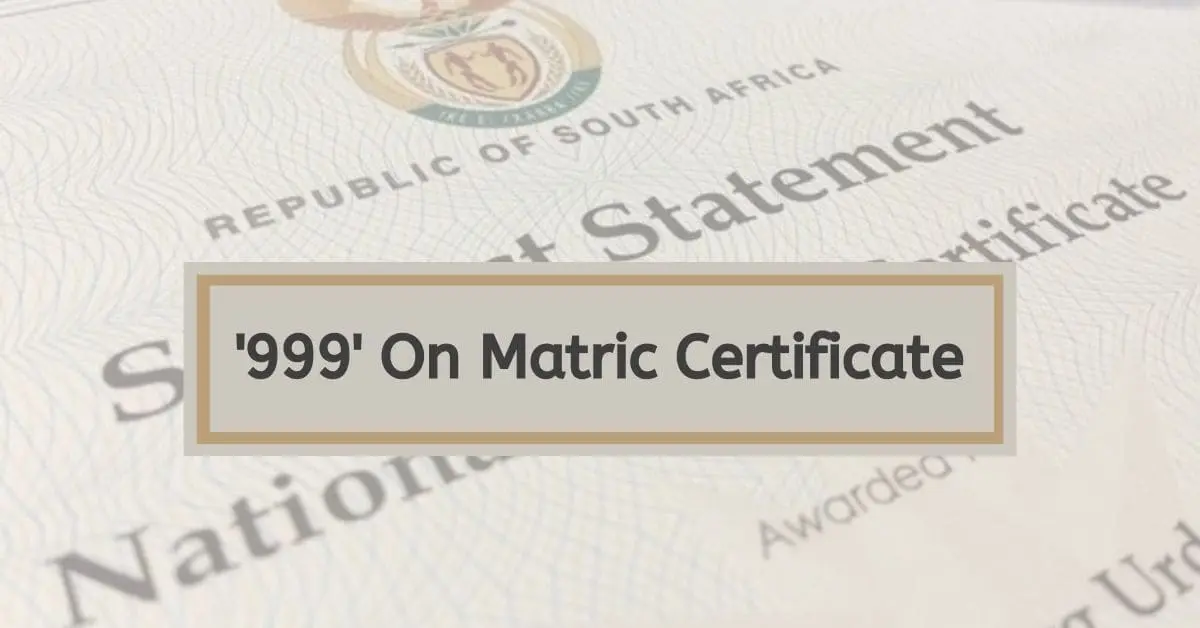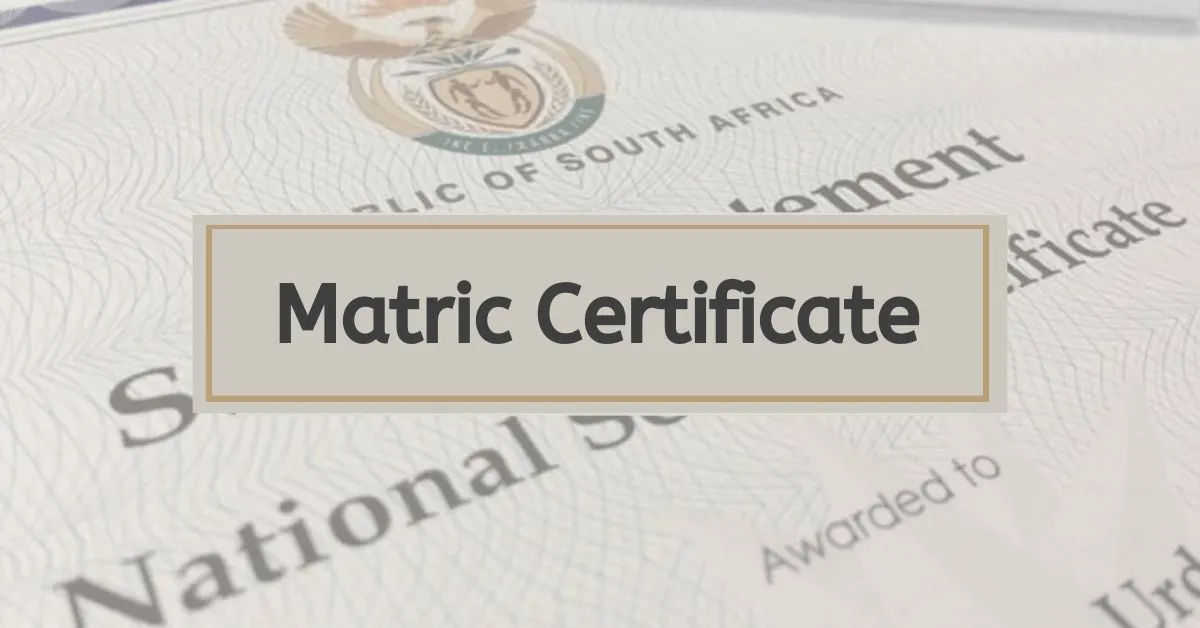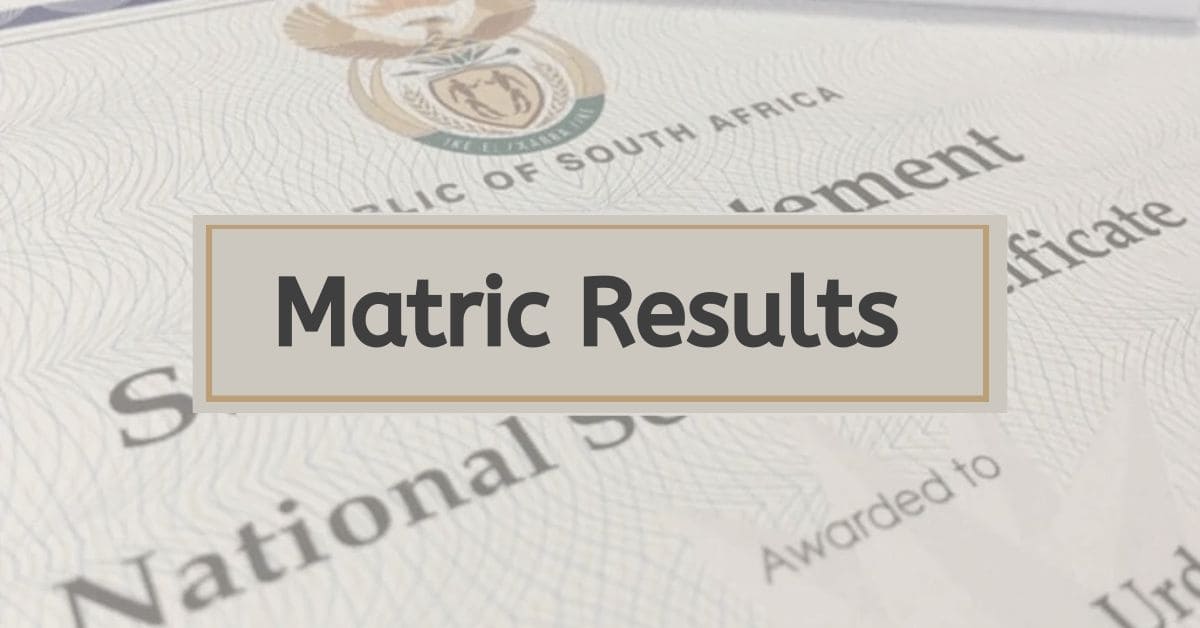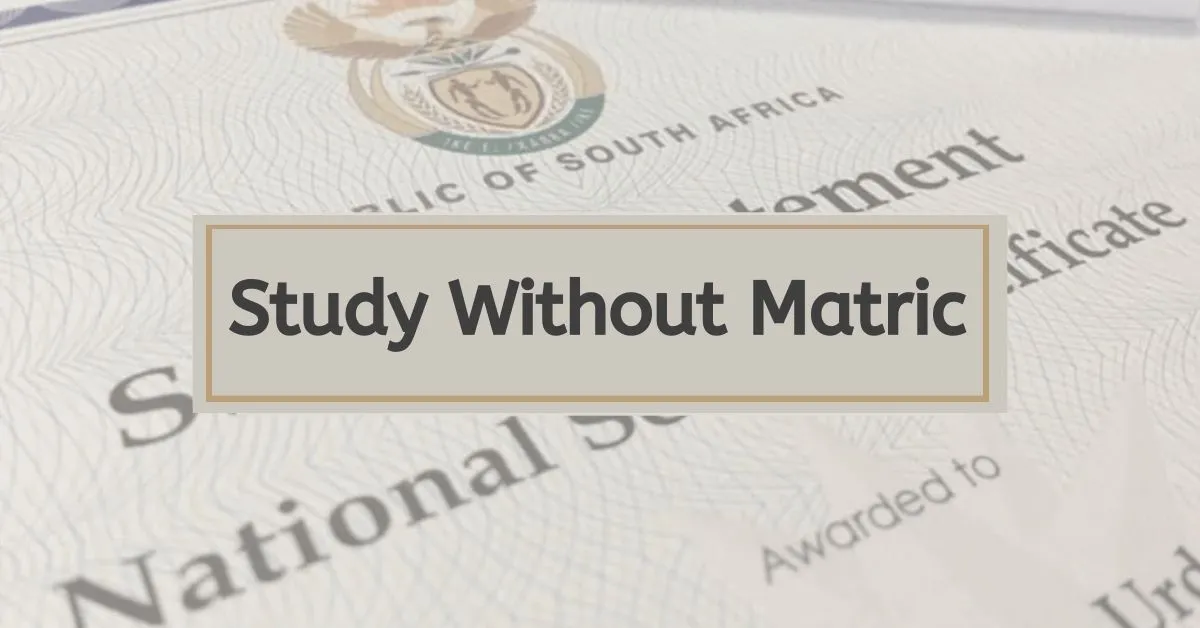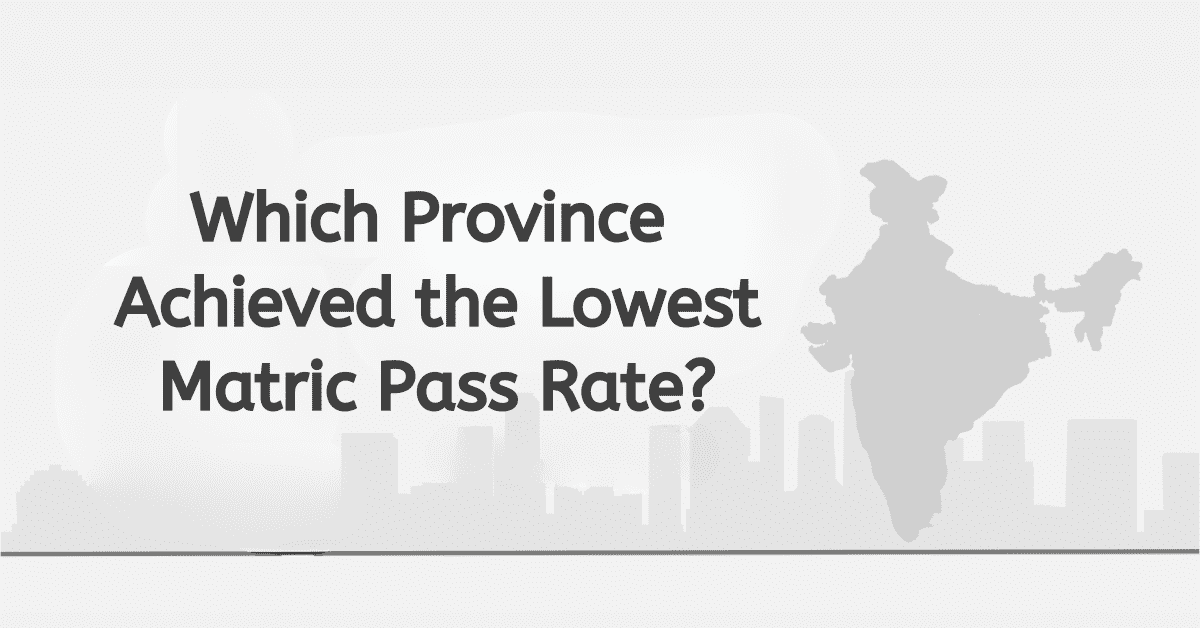Understanding the matric pass symbols, levels, and meanings is crucial for high school students in South Africa as they eagerly await their matric results. This comprehensive guide aims to provide detailed information on matric pass symbols, levels, mark percentages, and their meanings. By delving into the various symbols and levels, students can clearly understand their matric certificates and the implications for their future educational pursuits. This guide will also explain the calculation of final matric marks and the different types of certificates students can receive upon matric.
Matric Results Pass Symbols, Levels, Mark Percentage, And Their Meanings
Matric results in South Africa are represented by various symbols indicating achievement and performance. The matric pass symbols, along with their mark percentages and corresponding achievement levels, are as follows:
- A+ (80 – 100%): Outstanding Achievement (Level 7)
- A (70 – 79%): Meritorious Achievement (Level 6)
- B (60 – 69%): Substantial Achievement (Level 5)
- C (50 – 59%): Moderate Achievement (Level 4)
- D (40 – 49%): Adequate Achievement (Level 3)
- E (30 – 39%): Elementary Achievement (Level 2)
- F (0 – 29%): Not Achieved (Level 1)
These symbols reflect the performance of students in their final matric examinations. Each symbol represents a specific range of mark percentages and is associated with an achievement level indicating academic accomplishment. Achieving higher symbols, such as A+ or A, demonstrates exceptional performance, while lower symbols, such as D or E, indicate a more moderate level of achievement.
What Are Matric Symbols?
Matric symbols represent the grades awarded to students in their final matric examinations. These symbols are categorized alphabetically, with A being the highest symbol and G being the lowest. Each symbol corresponds to a specific range of marks in the final examination.
The matric symbols and their meanings are as follows:
- A: 80 – 100% (Outstanding Achievement)
- B: 70 – 79% (Meritorious Achievement)
- C: 60 – 69% (Substantial Achievement)
- D: 50 – 59% (Moderate Achievement)
- E: 40 – 49% (Adequate Achievement)
- F: 30 – 39% (Elementary Achievement)
- G: 0 – 29% (Not Achieved)
These symbols provide a standardized way to represent students’ performance and achievements in their matric examinations. They are used to determine admission requirements for further education and can be essential in determining eligibility for specific study programs and institutions.
What Are The 4 Types Of Certificates You Can Get In Matric (Pass Level)?
Students can receive four types of certificates in matric, represent ing different levels of achievement and eligibility for further education. These certificates are as follows:
- Bachelor’s Degree Pass (B):
- Conditions: Pupils must achieve a minimum of forty percent in their mother tongue, fifty percent in four subjects, and thirty percent in two additional disciplines. Students can apply for degree programs at universities or technological universities if they fulfill these criteria.
- Diploma Pass (D):
- Requirements: A student can fail only one subject, pass six of the seven subjects, pass the home language with at least 40%, and pass four other subjects with 40%.
- Higher Certificate Pass (H):
- Requirements: A student must pass the home language with at least 40%, pass two subjects with at least 40%, and pass six of the seven subjects with an average of not less than 33⅓%.
- National Senior Certificate Pass:
- Conditions: The prerequisites for students include obtaining a minimum score of 40% in their native language, as well as achieving a minimum score of 30% in two additional subjects and three other subjects. One subject, including the First Additional Language, can fail and still obtain this pass level.
These different pass levels provide students various opportunities for further education and career paths, depending on their aspirations and abilities.
How Is Your Final Matric Mark Calculated?
The calculation of the final matric mark considers both the School-Based Assessments (SBA) and the final examination marks. The results are divided into 25% and 75% assessment criteria, making up 100%.
The computation is composed of the following elements:
- SBA: The SBA category constitutes a quarter (25%) of the overall grade. It includes projects, tests, and assignments students complete during the year before the final examinations.
- Final Examination: The final examination contributes 75% to the final mark. It is based on student’s performance in their chosen subjects for Grade 12.
It is important to note that the calculation of the final matric mark may vary slightly depending on specific subject requirements and the policies of individual schools or examination bodies. To calculate the final mark, the SBA marks are weighted by 25%, and the final examination marks are weighted by 75%. The weighted marks are then combined to determine the overall final mark for each subject.
As mentioned above, it’s crucial to note that the calculation of the final matric mark may vary depending on the subject and the specific assessment criteria set by the Department of Basic Education. Therefore, students should consult their teachers or the examination guidelines provided by the Department of Basic Education for detailed information on how their specific subject marks are calculated.
By comprehensively understanding the calculation process for the final matriculation mark, students can enhance their comprehension of their academic performance and the various factors that influence their overall outcomes. This knowledge can assist individuals in evaluating their strengths and areas for improvement, enabling them to make well-informed decisions regarding their future academic pursuits.
